| Columns Retired Columns & Blogs |
Your prices are a bargain, by the way. Thanks for that.
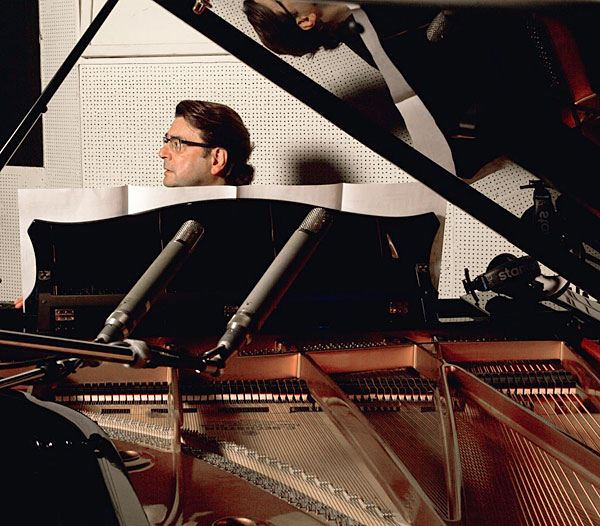
Bringing to life these works are some of southern California's finest studio and concert musicians, led by concertmaster Peter Kent, a veteran of countless film, television, and record projects and one of Sasha Matson's frequent musical collaborators. The high level of music-making is matched by a quality of recorded sound that's water-clear, richly textured, and colorful. Standouts abound—including, for me, the convincing spatial presence of the strings in Jigging the Reel, the timbral colors of the woodwinds in Berkeley Hills, and that delicious double bass in Dark Pool. I'm sure you'll discover favorite moments of your own.—Art Dudley
John Atkinson on Capturing the Sound
My experience with recording chamber and orchestral music has been formed by having ensembles play in a church or concert hall with supportive acoustics and using relatively minimal miking to capture the sound. So when Sasha Matson told me that the availability of A-list musicians in Los Angeles meant that we were going to record on a Hollywood scoring stage, with close microphones on each instrument, I wasn't sure what to expect.
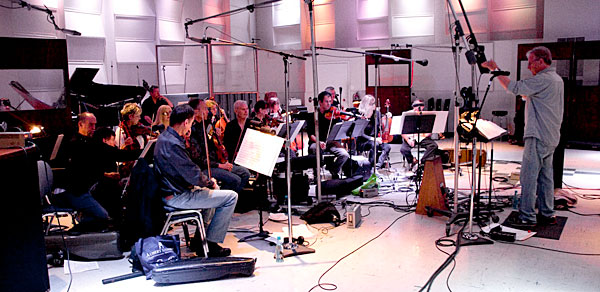
Fortunately, once we arrived at EastWest Studios' Studio One, in Hollywood (footnote 1), it rapidly became apparent that this would be a great-sounding record. Not only did EastWest have a superb collection of vintage microphones for engineer Michael C. Ross to choose from, he had positioned a pair of Neumann M50 tubed omni mikes—the model used in the classic recordings made in the 1950s and 1960s by RCA Living Stereo, Mercury Living Presence, and Decca—on tall stands above the conductor's podium, to capture the sound of the room. And in case those mikes didn't provide enough studio ambience, rather than use a soulless Pro Tools plug-in, we had arranged for the availability of a vintage EMT echo plate. The exception to this plan would be the three movements of Annunciation—because we would be adding the repeat echo in the mix and thus needed maximum isolation between instruments, Michael close-miked each instrument in stereo, with the harp placed in a separate booth.
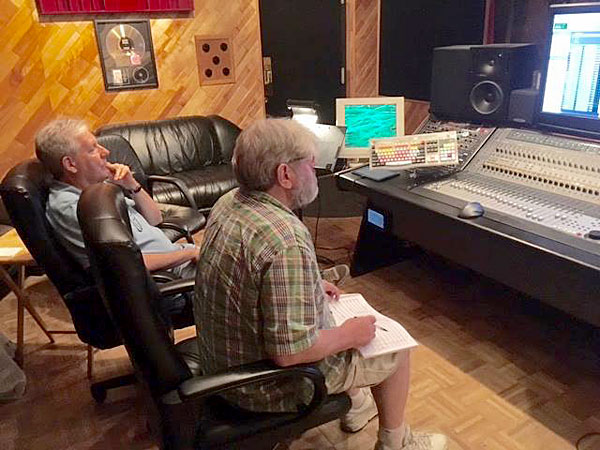
We would be recording straight to Pro Tools, with the output of EastWest's vintage Neve console feeding multiple Pro Tools A/D converters. In digital recording, the primary question is what bit depth and sample rate to use. Michael felt that the Pro Tools converters sounded best at 96kHz rather than their highest rate of 192kHz, so that's what we used, setting the word length to 32 bits float to give the maximum headroom in postproduction. The only complication involved the piano: its optimal placement for sound quality meant that the pianist couldn't see Sasha, who was conducting. After some experimentation, we found a position that met both conditions.
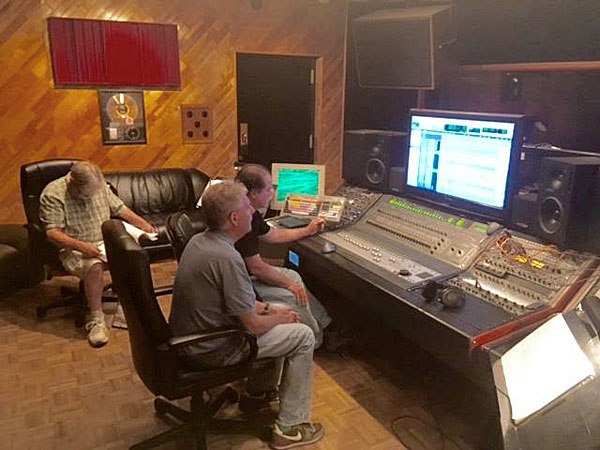
The sessions went quickly, with Michael Ross mixing on the fly to a separate pair of Pro Tools tracks. We ended up using Michael's mix for Cut to Bar Interior, but for the other works, which were more complicated, we spent two days at Systems Two Recording Studio, in Brooklyn, with Mike Marciano, who has won two Grammys for engineering. As well as recording Sasha overdubbing some prepared-piano effects for Dark Pool, Mike came up with the optimal repeat echo for Annunciation and did the final mixes for the other works on the album, again using a vintage EMT echo plate that Mike's brother Joe Marciano had restored to working order. No compression or gain riding to reduce peak levels was applied—not in the recording, the mixing, or the mastering: What you hear on this recording is the full dynamic range of the live sound. The average level is typically –24dBFS, but the peaks reach within 0.1dB of 0dBFS, or full scale.
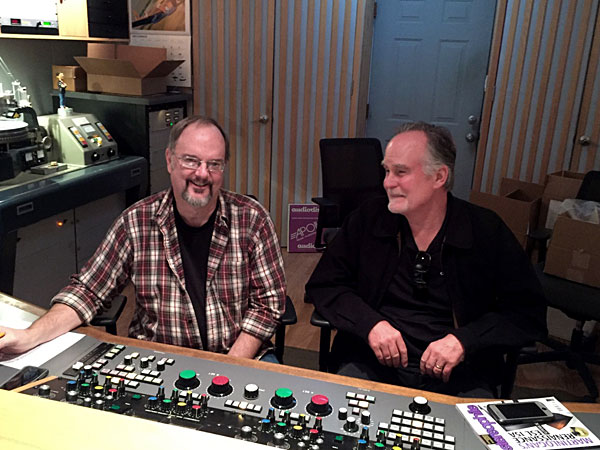
I mastered the CD and high-resolution files using Bias Peak. This program is no longer available, but I have found its options for sample-rate conversion—to 44.1kHz for the CD release, and for reducing the original mixdown files from 32 to 24 bits for the hi-rez release, then to 16 bits for CD—to sound superb. However, for the LP mastering, for which we'd decided to prepare an analog tape transfer, we returned to Systems Two, where Mike and Joe Marciano had rented a Studer A67 open-reel tape deck running ¼" tape at 30ips.
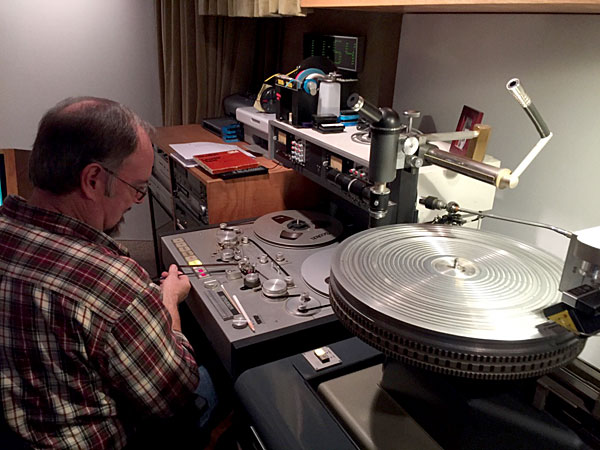
For the transfer to analog tape, I played the mixdowns using the Pure Music 3 app on my MacBook Pro, the latter's USB port feeding 32-bit data to an Ayre Acoustics QX-5 D/A converter. To provide extra gain in case we needed it, the QX-5's balanced analog outputs were connected with AudioQuest cable to an Ayre K-XR Twenty preamplifier, the outputs of which fed the Studer, again via balanced AudioQuest cables. For the cutting session, Sasha hand-delivered the analog master tapes to Joe Harley, whose accomplishments in music and sound need no introduction, and Kevin Gray at Gray's Cohearent Audio studio, in California. Once the acetate masters had been cut, the stampers were prepared and the LPs pressed by RTI, in Camarillo, California—on Joe Harley's favorite press there. (In 1997, RTI had pressed Stereophile's last LP, of Robert Silverman performing Liszt's massive Piano Sonata in b.)
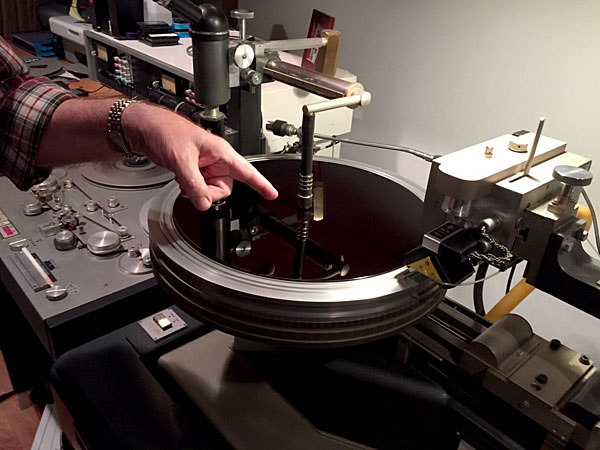
With its mix of state-of-the-art digital technology and vintage microphones and mixing console, this was a fascinating project to be involved in. My thanks to Sasha Matson for the opportunity—but, more important, for the music.—John Atkinson
You can purchase Tight Lines from the Stereophile Shop.

Your prices are a bargain, by the way. Thanks for that.

AD has written a great piece on this excellent score and performance, so I will not try and add to that. What I would ask you to do do not listen to this music the first couple of times as background music. Take some personal time and let this music and performance take you someplace, as it did me.
The Key here for me is Mr. Matson's scoring experience which is in full bloom here. Have a seat in your favorite listening chair with your favorite beverage and let the music transport you somewhere in your mind's eye. It will.
Some of the tracks will have abrupt time changes that will quickly take you from one place to another if you let it. Each of the three days that I spent listening to the entire CD my mind took me somewhere else, some affected by my day's events and others just because I allowed it to remind of some other place and time.
I often thought how some of the tracks would have fit right into two of my favorite movies: The King's Speech and The Book Thief; not that there was anything wrong with either of the musical scores of those movies, as there is not and I enjoy them, but it does prove to me that there might not be a definitive score of any movie...that another composer might have a slightly different take that would work just as well.
I am not going to point out any particular tracks as I don't want to spoil it for anyone, but enjoy coming to your own conclusions as to what images can be conjured up by each listener as they enjoy this great music recorded especially well.
I think that this is one of the best sounding CDs in my collection. I am just not one of those folks who is down on digital. I will buy the 2496 version when the download is available and what I expect is what I hear in my consumer grade home studio...2496 sounds great and analog like to me. I do find 24192 even better, but it is marginally so and often very hard to discern the improvement to my nearly 70 year old ears. I can easily hear the improvement in 2496 over redbook in terms of space around the instruments and a smoothness that is unmistakable. I look forward to it.
I also have to say that this CD has to be one of the bargains of the year and every Stereophile subscriber needs this if for nothing else than an academic exercise, but you will find it is much more than that and you will listen to it many times over.
Enjoy the score to the movie that your mind's eye will take you. Great fun.